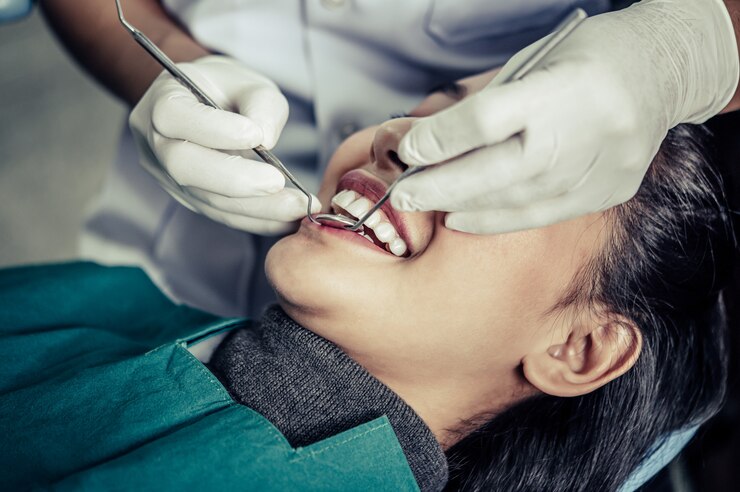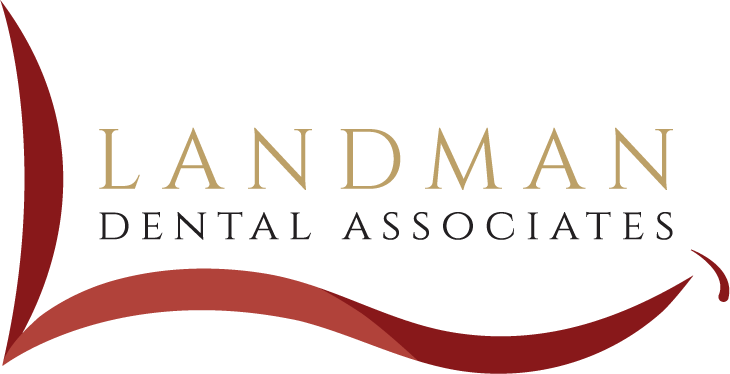
Dental restorations play a crucial role in preserving and enhancing the health and appearance of our teeth. In recent years, advancements in dental technology and materials have led to the rise of innovative restoration options, including inlays and onlays. These restorations offer numerous advantages over traditional fillings and crowns, making them the future of dental restoration. In this article, we’ll delve into the benefits of inlays and onlays and why they are revolutionizing the field of dental care.
Understanding Inlays and Onlays:
Inlays and onlays are custom-made dental restorations designed to repair and strengthen damaged or decayed teeth. They are typically made from durable materials such as porcelain, composite resin, or ceramic, which closely resemble the natural appearance of teeth. Inlays are used to repair damage within the cusps (points) of the tooth, while onlays are used to restore damage that extends to one or more cusps or covers the entire chewing surface of the tooth.
- Preservation of Healthy Tooth Structure: One of the key advantages of inlays and onlays is their conservative approach to dental restoration. Unlike traditional fillings, which require the removal of a significant portion of healthy tooth structure to accommodate the filling material, inlays and onlays are custom-fitted to the prepared cavity, preserving as much natural tooth structure as possible. This conservative approach helps maintain the strength and integrity of the tooth while minimizing the risk of future complications such as fractures or decay.
- Customization and Aesthetics: Inlays and onlays are custom-made to match the color, shape, and contours of your natural teeth, ensuring a seamless and natural-looking restoration. Unlike metal fillings or crowns, which can be conspicuous and detract from the appearance of your smile, inlays and onlays blend harmoniously with your existing teeth, providing a virtually undetectable restoration. With their superior aesthetics, inlays and onlays offer a discreet and long-lasting solution for restoring damaged or decayed teeth.
- Durability and Longevity: Inlays and onlays are fabricated from high-quality materials that are durable, strong, and resistant to wear and staining. Unlike traditional fillings, which may weaken over time and require replacement, inlays and onlays are designed to withstand the forces of chewing and last for many years with proper care and maintenance. With their exceptional durability and longevity, inlays and onlays offer a cost-effective and reliable solution for restoring damaged teeth and preserving oral health.
- Enhanced Functionality: Inlays and onlays provide excellent durability and strength, making them ideal for restoring teeth in areas of the mouth that are subjected to high biting forces, such as molars. They offer superior protection against further damage or decay and help restore the functionality of the tooth, allowing you to bite, chew, and speak with confidence. Inlays and onlays distribute chewing forces evenly across the restored tooth, reducing the risk of fractures and ensuring optimal function for years to come.
- Minimally Invasive Procedure: The placement of inlays and onlays is a minimally invasive procedure that requires less tooth preparation compared to traditional crowns. Your dentist will remove only the damaged or decayed portion of the tooth, preserving as much healthy tooth structure as possible. This conservative approach helps maintain the integrity of the tooth and reduces the risk of sensitivity or discomfort following the procedure. With their minimally invasive nature, inlays and onlays offer a comfortable and efficient restoration option for patients seeking to preserve their natural teeth.
Inlays and onlays represent the future of dental restoration, offering numerous advantages over traditional fillings and crowns. With their conservative approach, customization, durability, aesthetics, and functionality, inlays and onlays provide a superior solution for restoring damaged or decayed teeth and preserving oral health. If you’re in need of dental restoration, consider consulting with your dentist to explore the benefits of inlays and onlays and take advantage of the latest advancements in dental technology for a healthier, more beautiful smile.







